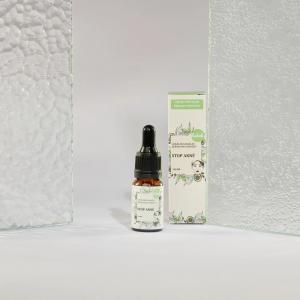White willow (Salix alba)
Other names: Willow, Salix Vitellina
Harm score: 1 (Natural substances)
White willow (Salix alba), also known as Willow or Salix Vitellina, is a species of tree in the willow family known for its vitality and high regenerative capacity. This long-lived tree can reach a height of up to 30 metres. Its leaves are long, narrow and silvery on the reverse. The white willow is found mainly in Europe and western Asia, preferring moist and sunny positions near water. Many people are more familiar with it as a landscape feature along rivers, lakes or in wet meadows.
However, in addition to its ornamental function, the white willow also has a number of practical uses. Its wood is hard, tough and flexible, which makes it used in basketry, furniture, various wooden tools and everyday objects. In addition, medicinal preparations are made from the bark. The bark contains salicin, a substance with anti-inflammatory and soothing properties, which is converted in the body into salicylic acid - the basis for the production of aspirin. In the past, the juice of the young branches was also used to treat skin diseases and eczema. Recently, it has also been found that white willow extract can be effective in treating certain types of cancer. In folk medicine, the twigs are cut off and soaked in water, which is then used to treat various skin diseases and infections.
White willow (Salix alba) can be found in the following products

Shampoo Nordic Berries 500ml BIO, VEG
Product detail
Shower gel / shampoo 2in1 MEN 150 ml BIO
Product detail
Shower gel Nordic Berries 500ml BIO, VEG
Product detail
Facial Serum - Salicylic Acid (10 ml) - helps problematic skin
Product detail
Shampoo Nordic Berries 250ml BIO, VEG
Product detail